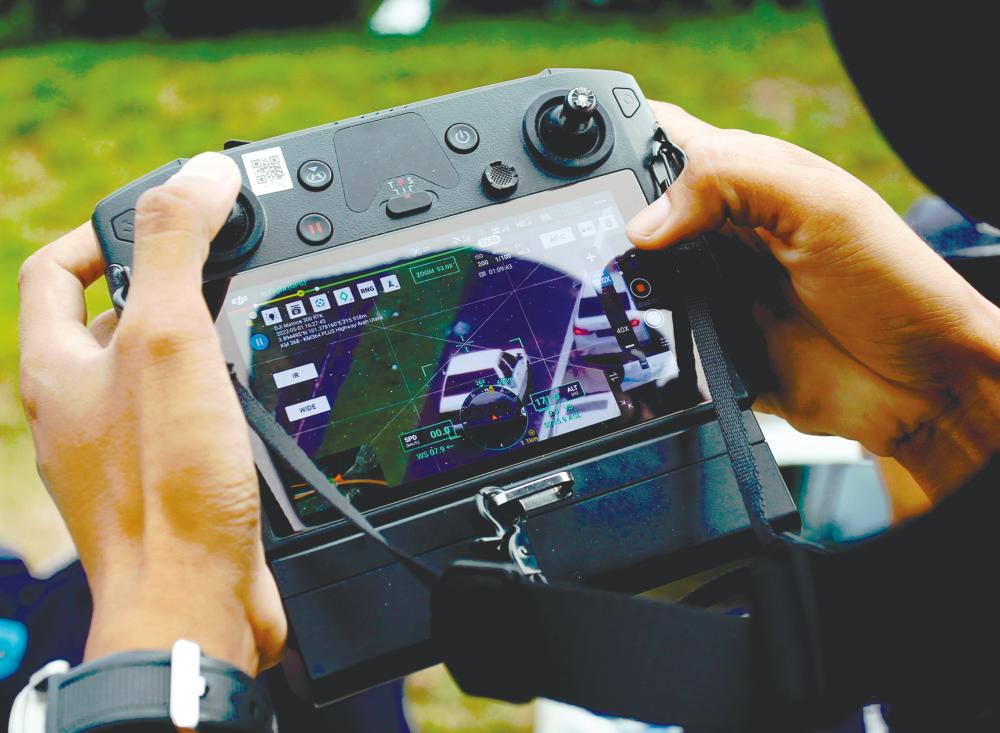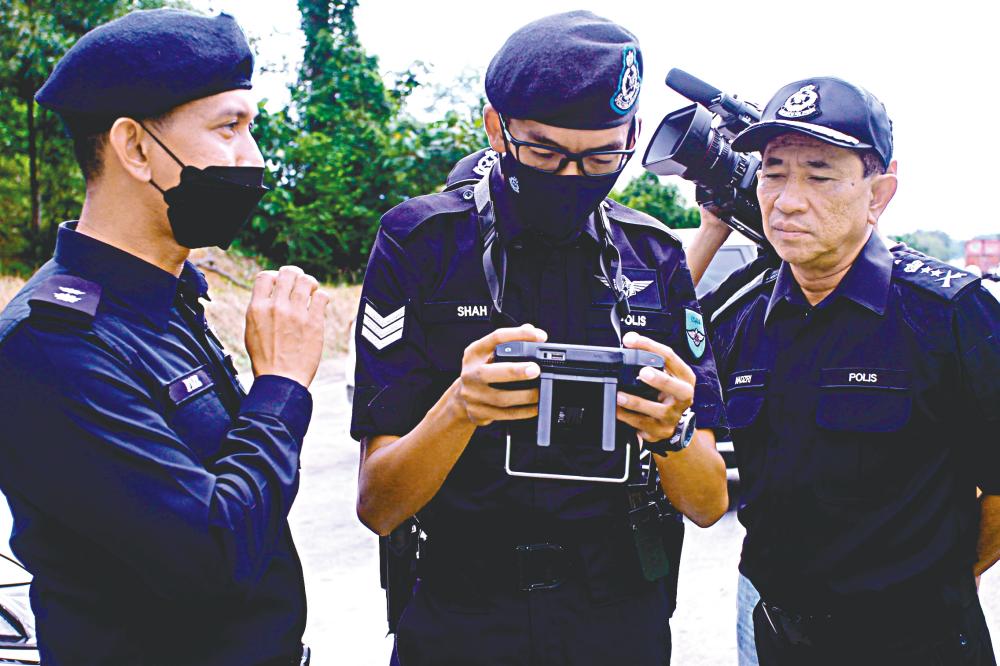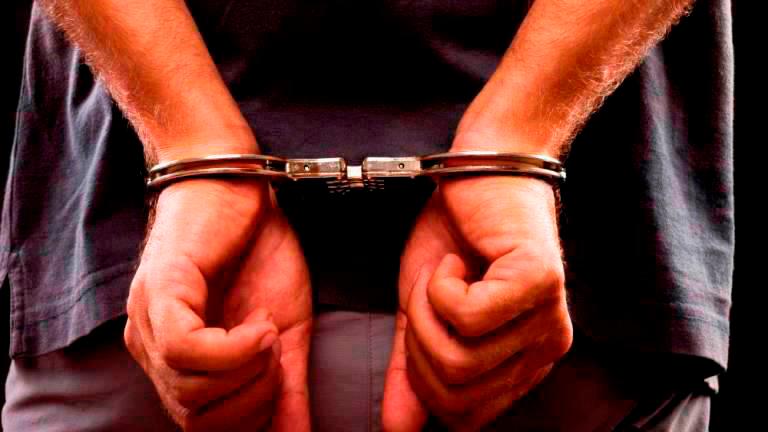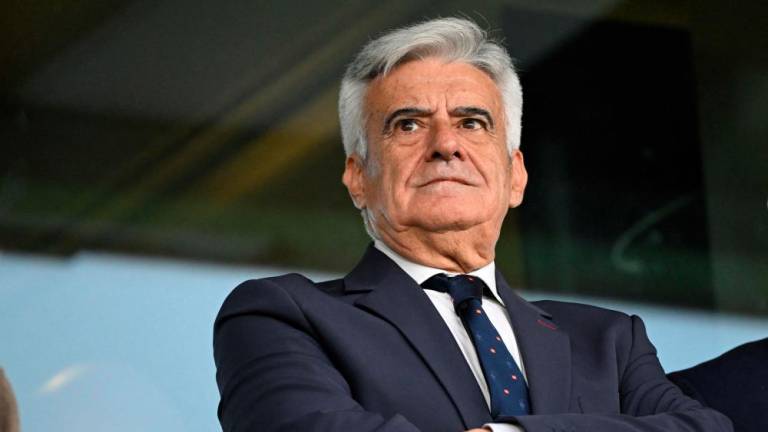PETALING JAYA: Drones deployed by the police Drone Unit to zero in on emergency lane offenders on highways have been welcomed by road safety experts as a good move.
Universiti Putra Malaysia Road Safety Research Centre head Assoc Prof Dr Law Teik Hua said it is a good initiative to combat traffic-related offences and criminal conduct.
He said the drones can capture road traffic incidents which can be used for investigating purposes, such as traffic offences and car crashes. He said the evidence would be recorded by the drone itself.

“When reacting to a traffic incident, police officers need to have recorded footage. A video taken at the scene will serve as actual proof of the incident. The video aids court officials in determining whether the victim is entitled to compensation.
“Police drones also help officers perform better, whereby the precision of police operations is improved when situations are recorded. Due to the existence of the recorded video, police officers obtain greater trust and cooperation.”
Law said after examining a traffic incident, the technology that is used will enhance the reporting accuracy.
“Videos and images of incidents are recorded and offer precise information. When rectifying reported occurrences based on a recorded video and snapshots, drones may clarify specifics,” he said.
However, Law added that it can only be used to identify offences such as overtaking in a restricted zone, misusing the emergency lane, and failing to obey traffic lights, but not to accurately assess vehicle speed.
“There are still numerous challenges in estimating vehicle speed. First, drone images are subject to vibration and blurring, and the airborne video environment is complex. Second, due to the dynamic background in the image caused by drone motion, estimating vehicle speed in airborne videos is difficult.
“Then, because there may be many vehicles in a scene and their sizes are small, pinpointing the target is extremely difficult,” he said.
Malaysian Institute of Road Safety Research president Prof Dr Wong Shaw Voon said the drones and Automated Enforcement Systems (AES) cameras that use sensors that are installed on the road, and an imaging system that captures pictures and video images of traffic violations are two different systems.
“The AES camera is already fixed, and information on offences is sent in real-time online to the AES Control Centre, compared with drones that are small and manoeuvred by the operating officers. Perhaps the information in the camera cannot be stored in the drone due to its size.
“Drivers who are familiar with the camera positions reduce their vehicle speed temporarily (as they approach the camera).
“They are also alerted to the position of speed cameras via navigation systems, smartphones, and radio warnings, which particularly make them slow down,” he said.
Wong added that it is a good thing that AES cameras force drivers to slow down when they are speeding, or else they will get fined. Drone enforcement should be the same too, he said.
“It can be very efficient when used properly and the drones are good as monitoring equipment to ensure public safety on the road,” he said.










